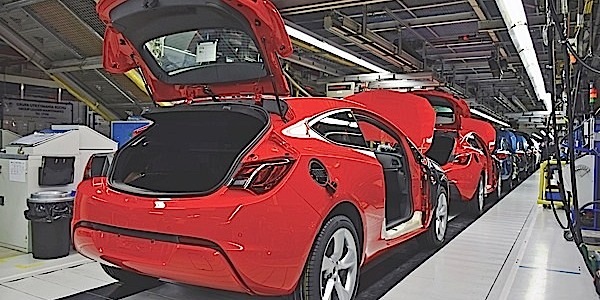VIDEO: Releasing The Rotor From The Electric Parking Brake
Andrew Markel reviews methods to reset the parking brake in order to release a rotor, and how best to obtain service information for this procedure. Sponsored by Auto Value and Bumper to Bumper.
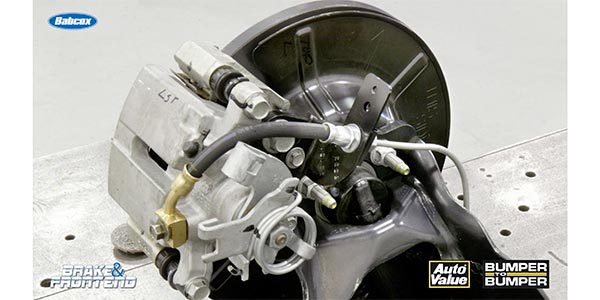
Updated Global Brake Safety Council Field Study Finds Corrosion Is The Leading Cause Of Premature Brake Pad Failure
In a second engineering field study of more than 6,800 discarded brake pads, the Global Brake Safety Council (GBSC) analyzed why the brake pads were replaced. The significance of this field study for parts manufacturers is that it provides a window into how brake pads perform in the field under real-world conditions.

2004-2015 Nissan Titan Brake Pad And Rotor Service
The front brakes on the Titan use dual-piston floating calipers. Most noise and wear issues can be attributed to the guide pins not being serviced during a previous brake job. The abutment clips and slides can also cause noise and should be replaced during every brake job.
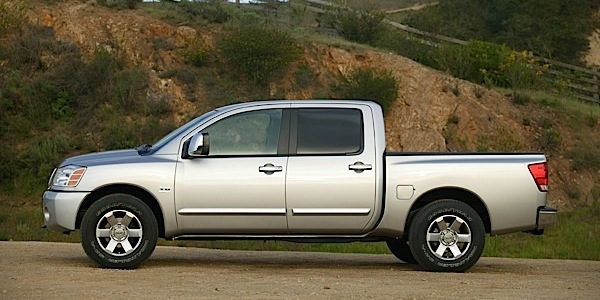
Brake Job: Jeep Cherokee (KL) Rear Brake Pad Replacement
To remove and replace the rear brake pads or rotors, the electronic parking brake actuator must be retracted before removing the caliper assembly.
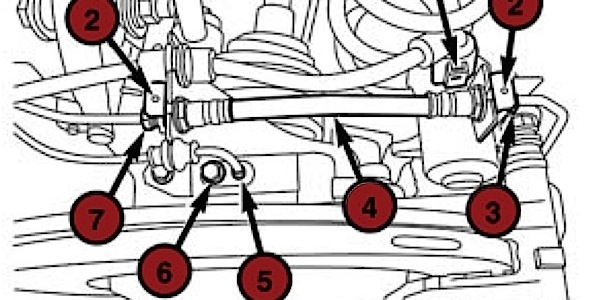
Honda Brake Tips
Brake lubricants are critical in returning a Honda’s brake system to an optimal operating condition.
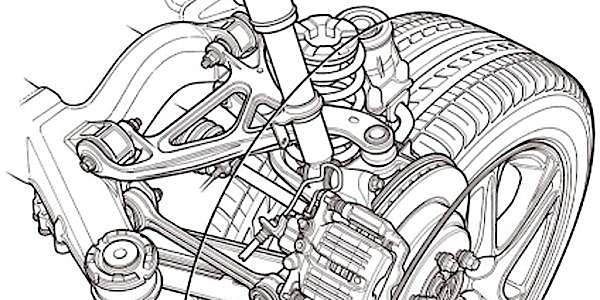
Tech Tip: Land Rover Squeal From High-Performance Brake System
On 2014-’17 Range Rover models equipped with the High-Performance Brake Package with 380 mm front brake rotors, the customer may complain of squeal noises when the brakes are applied under light stops.
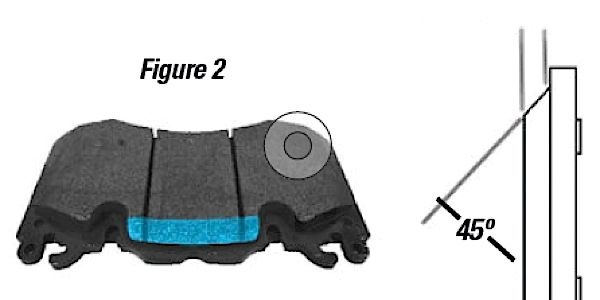
Corrosion Science: Bang, Burn Or Spray
Corrosion and rust are nasty problems that make repairing a vehicle difficult. Corrosion is the product of an electrochemical reaction. In a vehicle’s case, between two dissimilar metals and an electrolyte – so, an alloy wheel, a steel bearing hub and saltwater, for example.
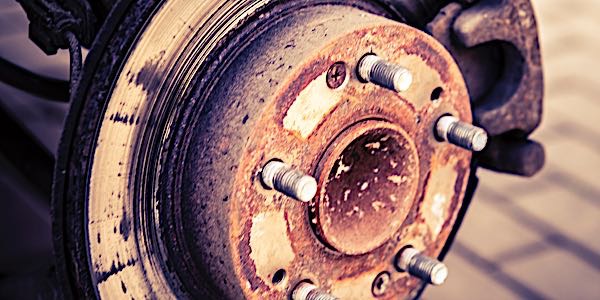
How Do Fluid And Friction Change Brake Pedal Feel?
Chances are your foot will know the condition of a vehicle’s brakes and the quality of the brake pads before your mind puts it all together. Consider this: Stopping a 4,000-lb. vehicle requires a driver to press on a pedal to generate friction at the wheels. What happens in between the pedal and pads can determine how much pressure the driver is required to apply to stop the vehicle in a safe distance.
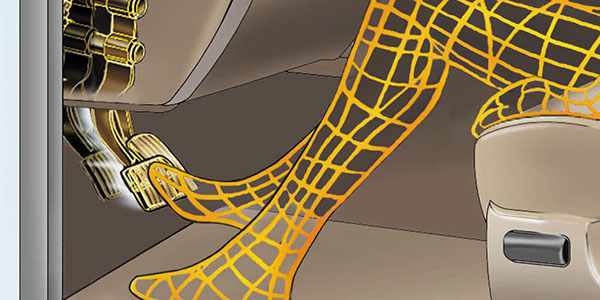
Brake Pad Chamfers, Slots And Shapes: Controlling Brake Noise
When the brake pad’s friction surface is not in harmony with the caliper and rotor, the result is usually noise. But, brake pad manufacturers have some tricks to prevent this problem or at least shift it outside of the range of human hearing.
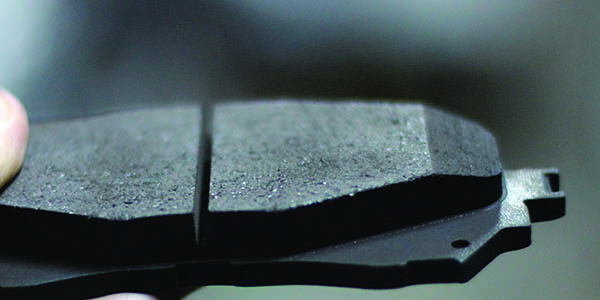
Undercar Trend Watch: Loaded Calipers, Struts, Arms And Knuckles
The main advantage of a loaded, unitized or complete assembly is not the cost of the part, but rather the efficiency it offers the technician and the greater effectiveness of repair it gives the customer. By packing a loaded caliper, strut, control arm or even knuckle into a job, you can create a “win/win” for everyone.
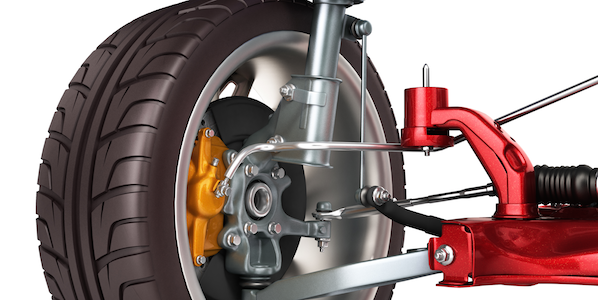
ABS: Why Winter Is Hard On Your ABS Brake System
Rock salt and deicing brines can corrode brake lines. Automakers have tried galvanization, polymer coatings and physical barriers to stop this corrosion, but these surfaces can’t prevent age and the pecking of road debris from causing corrosion.
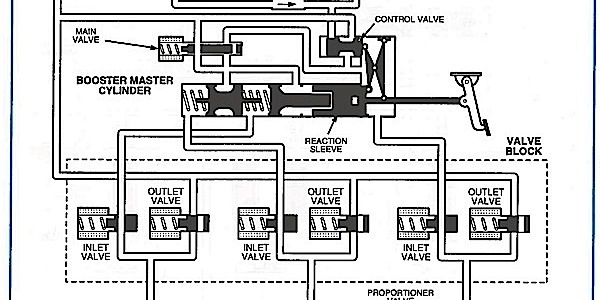
Brake Runout TSBs on Pulsation: What do They Mean?
If you are combing through brake technical service bulletins (TSBs) on a repair information database, chances are you will come across a TSB discussing brake pedal pulsation (not warping). Most of the time, the TSB will outline new warranty procedures so the manufacturer can reimburse the dealership. Some recommend improved pads and rotors. Other TSBs
